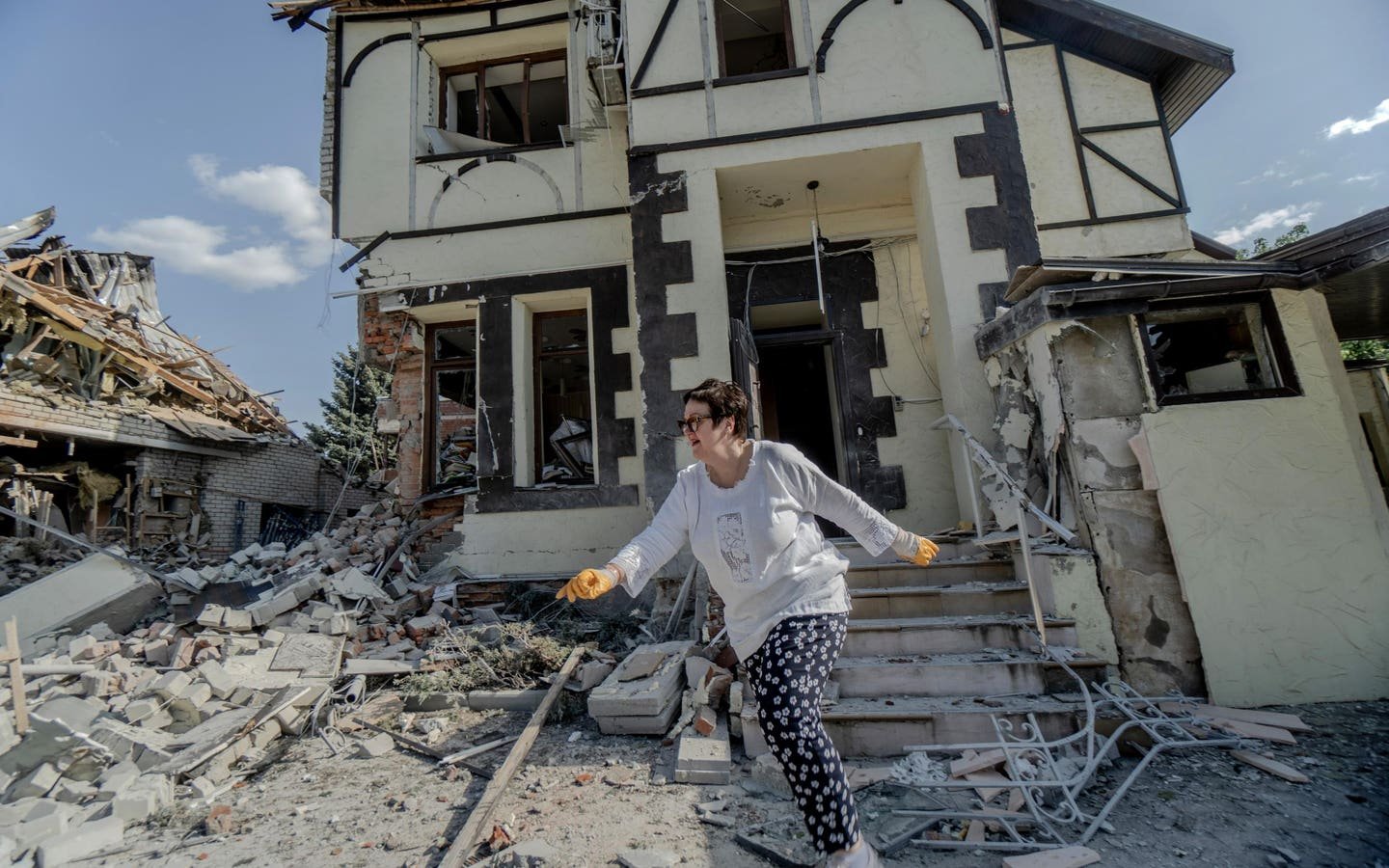Russia’s glide bombs have been a game-changer. Fitting cheap unguided bombs with pop-out wings and satellite navigation turns them into precision weapons which can be launched from beyond the range of surface-to-air missiles. Production ramped up sharply in 2024 and Russia is launching thousands of glide bombs a month against Ukrainian positions, leaving 70-foot craters and causing heavy casualties.
But Ukraine may have found an answer to the glide bomb threat. Last week a Ukrainian Air Force spokesman told RBC-Ukraine that their forces has shot down a glide bomb in the Zaporizhia region, adding that this was not the first successful intercept, but gave no details. According to Ukrainian Telegram channels the mystery weapon is now being rolled out and the number of intercepts will soon rise.
How can Ukraine pull off this surprising feat?
Glide bombs are difficult targets for several reasons. Although the biggest can weigh up to three tons they are typically under a ton have a wing span of less than seven feet. They are much smaller than aircraft on radar and correspondingly hard to track and target.
Short-range air defense missiles like the Stinger are typically heat-seekers with infra-red guidance; but unpowered glide bombs have no hot jet exhaust and are impossible for such weapons to see or lock on to.
Further, they glide bombs are literally hard targets. They have no vulnerable engines or fuel tanks and instead of a thin metal fuselage they have a thick steel casing.
But what really makes them challenging are the numbers. It is possible to shoot down glide bombs with anti-aircraft missiles (sometimes), but not sustainable. In an interview with the BBC, Justin Bronk of thinktank RUSI noted that there were just too many glide bombs to shoot down with conventional methods.
“You would blow through all the available air defence ammunition too quickly,” Bronk told the BBC.
This makes glide bombs virtually unstoppable with existing defenses. As with small drones, the low cost and large numbers make them far more effective than traditional military hardware.
Most commentators believe that the only way to stop glide bombs is to target them ‘left of launch’ that is, before they can be loosed. One way of doing this is to provide Ukraine with better air defenses, or more F-16s or other fighters, so that Russian aircraft can be pushed back from the 40-mile glide bomb range.
Others, like this report from the RAND thinktank last June go further, and suggest that strikes against the airbases that host glide bombers are the best solution. This would require weapons like the U.S. ATACMS or other long-range systems. America has been reluctant to supply such weapons or to allow them to be used on targets on Russian soil.
But not everyone has given up on shooting down glide bombs. By coincidence, NATO’s Transformation Directorate has just published an Innovation Challenge to counter glide bombs. This covers the detection phase, and different possible solutions including electronic jamming of the bomb’s guidance system, preventing the launch aircraft from getting within range — and destroying the glide bomb in the air.
The Challenge is looking for innovation, especially in the use of AI or machine learning, and requires portable, low-cost systems which can be deployed at scale and do not require extensive training. Has Ukraine already found a solution and if so, what does it look like?
We might get some clues from Ukraine’s solution to two other novel aerial threats both of which were too small and too numerous for traditional air defenses.: reconnaissance drones and Shahed attack drones.
Russian fixed-wing reconnaissance drones orbit at an altitude of several thousand feet, and direct artillery fire, missiles and long-range drone strikes with high precision. Last year Ukraine started bringing them down with special FPV interceptor drones, linked to a network of sensors and smart control software which vectored interceptor operators efficiently on to targets. Since last summer, hundreds of videos have been posted showing Russian drones being downed and Russia’s capabilities have been serious eroded.
Shaheds, Iranian-designed drones with a seven-foot wingspan and a hundred-pound warhead, are attacking Ukraine in increasing numbers. But the vast majority – roughly 96% in January – are being brought down. Ukraine’s key innovation has again been the development of a sensor network – including thousands of networked microphones on poles – and central control software. This time the tip of the spear is made up of mobile fire groups, units equipped with searchlights and automatic cannon or heavy machineguns. These are moved into position to shoot down the slow-moving Shaheds as they arrive.
The solution to glide bombs may look like a cross between these two. In the case of glide bombs, the chief requirement is to protect positions close to the front line, so assets can be more concentrated. These will include radar or other sensors to detect the incoming bombs, a control system to identify threats and the closest defenders, and some from of effector. These might be small, low-cost guided missiles similar to the laser-guided Vampire missile system supplied by the U.S., computer-controlled anti-aircraft guns like the German Skynex or a novel form of high-speed interceptor drone like Wild Hornets’ new Sting interceptor. Any of these might incorporate the sort of AI that NATO proposes to give a high hit rate.
As the NATO document points out, scalability is key. Every single glide bomb that can be intercepted will save lives. But knocking down a significant fraction of them will rob Russia of a vital offensive capability and change the shape of the conflict as Russia has become dependent on the firepower they provide to make advances.
A successful intercept system would make a big difference to Ukraine. It would also have wider effects. The U.S. Air Force, for example, relies heavily on JDAM guided bombs. If these suddenly became ineffective, America’s capacity to wage war would be severely impacted.
